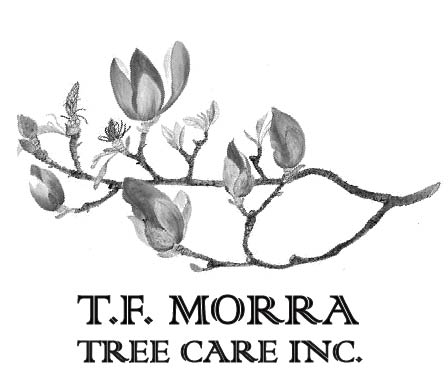Start of the Season Plant Healthcare Update
/I think I speak for all of us when I say that we are very excited that Spring finally seems to be making its presence known. While we’ve had a couple of beautiful days, Winter is still trying to make its last stand. In the field, we have seen bud break on fruit trees occur as early as Monday, 4/2, but the very next day, we had snow on our hands. The next, rain, and the next, below freezing temperatures to start the day. These type of ups and downs in the weather during the first couple weeks of April make timing particularly difficult. Our friends at the URI Cooperative Extension monitoring the caterpillar populations have just reported that the majority of winter moth eggs remain orange. As they turn blue, they will be closer to hatching. We are expecting this to occur over the next week or two - but this is subject to the weather conditions we encounter. As the temperatures rise to our benefit, we will be keeping our fingers crossed that April showers don’t impede our efforts to get out and spray post-hatch.
While we wait on the winter moth eggs to hatch, we will be addressing our first application for our mosquito and tick treatment customers. Ticks have quickly become active, and it will only be a matter of time before mosquitoes make their return as well. With this in mind, always remember to eliminate any unnecessary standing water, stay up to date on pet’s flea and tick preventative, and to thoroughly check yourself, children, and pets after any time spent outdoors. This year we will also be adding organic Bti pellets to standing water that cannot be changed. These pellets are effective in killing mosquito larvae, but are completely harmless to bees, beneficial insects, pets, and wildlife.
Rain, as always, remains an important factor in all of the treatments we perform. The vast amount of rain we received last year caused widespread occurrences of fungal issues in several typically unaffected species, such as maples and cherries. While we do not expect this situation to continue, we ask that you monitor all trees for any signs of fungal damage. Such indicators include the spotting of leaves (often times black), browning and curling of leaves, as well as early leaf drop. We often get calls from clients who mistake early leaf drop for squirrel damage, so it is important to look at the condition of the leaves that have fallen.
For those occasions where rain poses an issues, we will be engaging in our fertilization program - with the exception of foliar applications.
That’s all for now - stay tuned for more updates!
~ Stephanie

